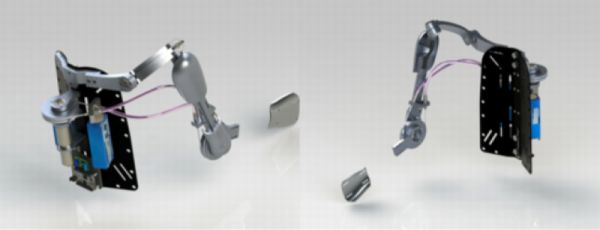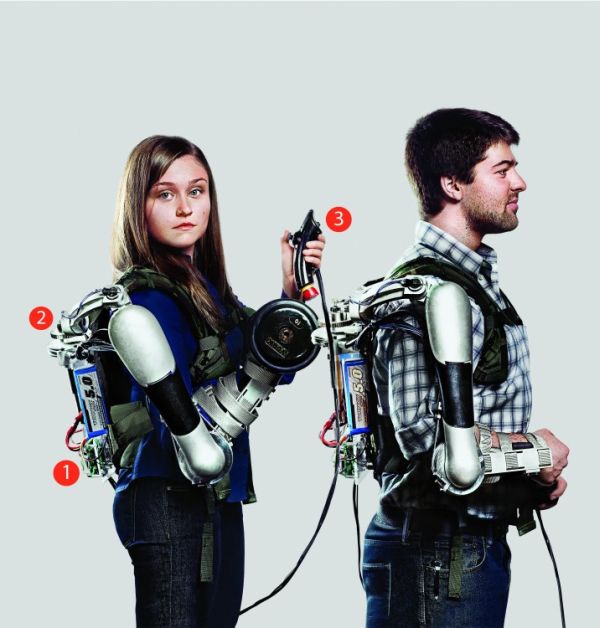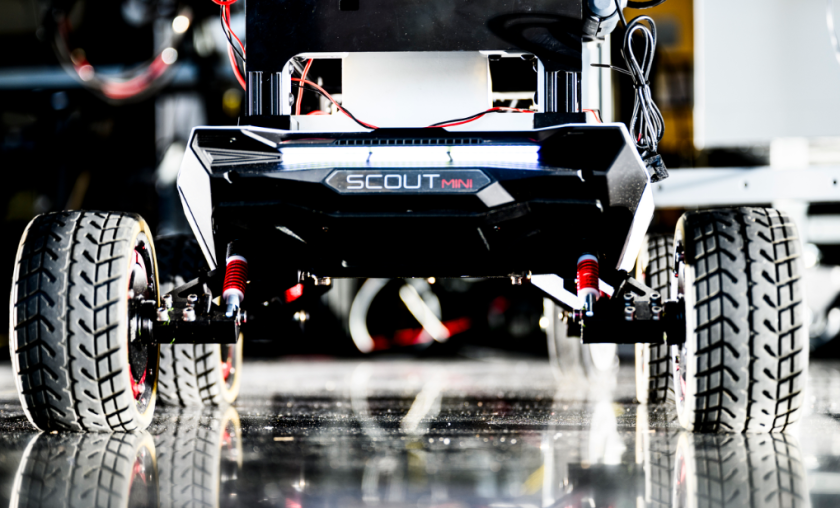Resemblance back to the normal lifestyle after getting an injury to either of the limbs is li’l difficult. Although there are physical therapies available but the process is quite lengthy plus there isn’t enough guarantee of making hundred percent recuperation. Robotics does offer an alternative solution in terms of prosthetics but the cost factor has always remained one of the biggest huddles. Research students from the University of Pennsylvania have come up with a robotic arm exoskeleton, which is portable, powerful and at the same time quite an affordable invention.
Titan Arm is the name of the exoskeleton that the team has come up with. While performing physical activities including therapeutic exercises, resistance would be offered by the electronic muscle. At the same time, it’ll allow wearer to carry an additional weight of 40 pounds without shedding any sweat.
Unlike the already existing robo arms, the actuator is positioned in a backpack rather than the prosthetic limb consequent upon which, Titan Arm became portable, thinner and therefore easier for implementation by the patients. Parts that would help with load handling are fabricated from aluminum thus keeping the weight to the minimum.
Tracking as well as the data relay movements are synchronized with a software and sensor package wirelessly. This implies that doctors can monitor the physical therapies and tracking at their workstation while patients can use the electronic muscle at their home.
Lithium-polymer battery is the main fuel of the electronic muscle, which could be used for one complete day. Backpack stores an electric motor while the steel cables hold the pulleys for spinning and moving the arm. Uniform distribution of weight across back plate, elbow straps and hip belt has also kept into consideration hence a support system is provided. Magnetic sensors are placed within the steel joints from where the software extricates the data and directs the arm movements.
The team has already reached the product’s prototype stage where they have taken victims of strokes as their subject for the implementation of the exoskeleton arm. Currently, they are looking forward towards fabricating a new and refined prototype out of 3D printing so that they can customize parts as per requirements.
Via: Interesting Engineering & Titan Arm





